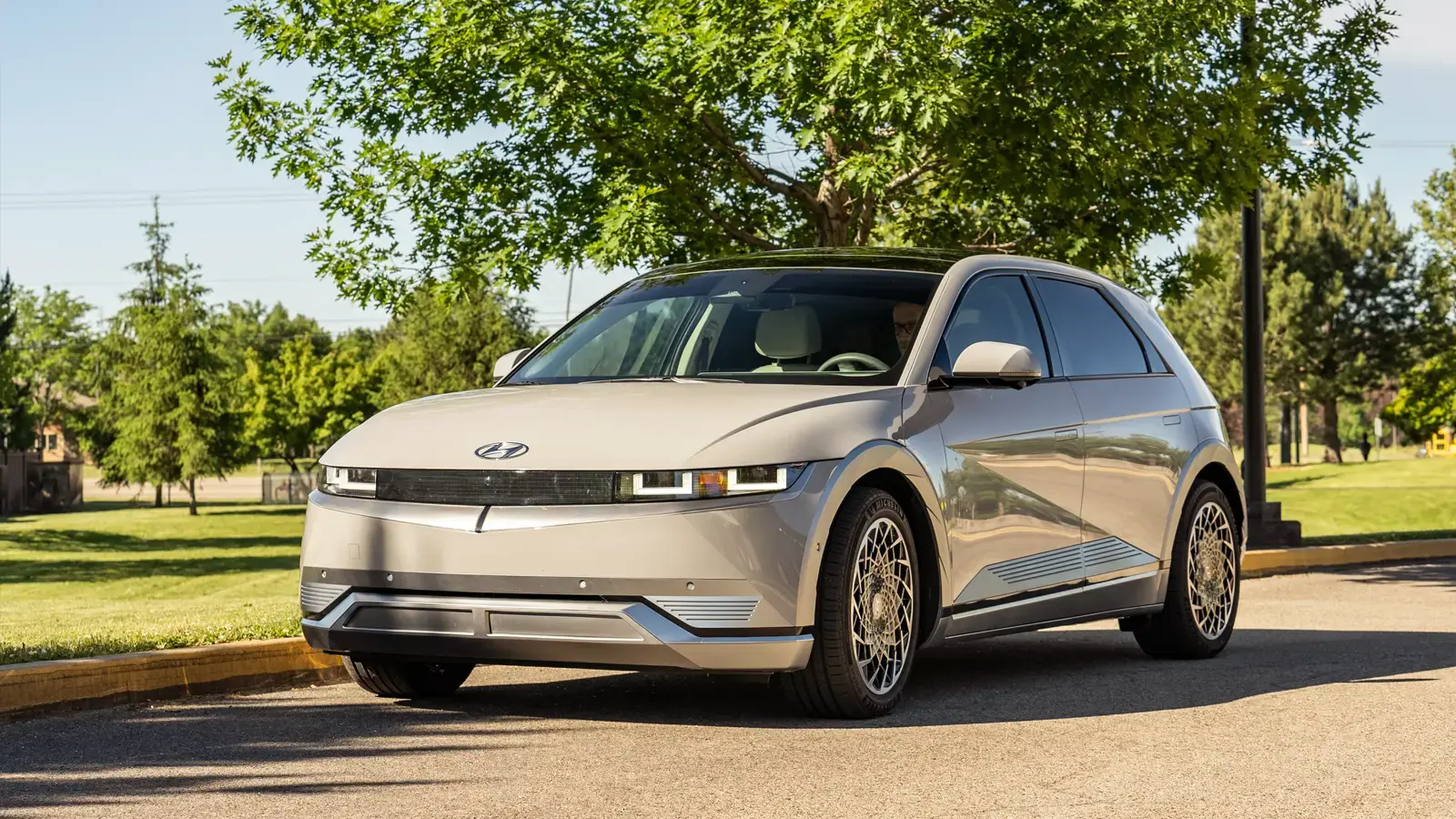What Is an Electric Car?
Electric cars have been around longer than you might think, and they’re finally having their moment. As technology and infrastructure catch up with demand, more drivers are considering whether an EV is right for them. But what exactly makes a car "electric," and how do these vehicles differ from the gas-powered ones we’ve driven for over a century?
In this article, we’ll break down what an electric car is, the different types of electrified vehicles, how they work, and what sets them apart from internal combustion engines (ICE). Whether you're browsing for your first EV or just curious about how they operate, you'll find everything you need to get started.
The Basics: What Defines an Electric Car?
An electric car, sometimes called a battery electric vehicle (BEV), is powered exclusively by electricity stored in a rechargeable battery. Instead of relying on gasoline or diesel fuel to operate an internal combustion engine, electric cars use an electric motor for propulsion.
Unlike traditional gas vehicles, BEVs:
- Do not have tailpipes (because they produce no tailpipe emissions)
- Do not require oil changes or gas station visits
- Are powered entirely by electricity, stored in kilowatt-hours (kWh) rather than gallons of fuel
Electric cars recharge using external sources of electricity, either at home or at public charging stations. When plugged in, energy flows into the car's battery and is stored for driving.
Key Components of an Electric Vehicle
At the heart of every EV are four essential components:
- Electric Motor: Converts electrical energy into mechanical energy to drive the wheels
- Battery Pack: Stores energy used to power the motor. Battery size (measured in kWh) determines range
- Onboard Charger: Converts incoming electricity from a charging station into usable energy for the battery
- Control Systems: Manage everything from acceleration and braking to thermal management and energy efficiency
Electric vehicles do not require multi-gear transmissions or fuel systems. The simplicity of their design results in fewer moving parts and reduced maintenance needs.
Types of Electrified Vehicles
Not all electric vehicles are fully electric. Here are the main categories:
- Battery Electric Vehicles (BEVs): Run entirely on electricity. Examples include the Tesla Model 3, Chevrolet Bolt, and Hyundai Ioniq 5
- Plug-in Hybrid Electric Vehicles (PHEVs): Have a rechargeable battery and an internal combustion engine. They can drive short distances on electricity alone, then switch to gas for longer trips
- Hybrid Electric Vehicles (HEVs): Combine a small battery and electric motor with a gasoline engine. These vehicles do not plug in and recharge through regenerative braking
Each type serves different driving needs. BEVs are ideal for zero-emission driving and low maintenance, while PHEVs offer flexibility for those who want electric benefits without relying entirely on charging networks.
Benefits of Going Electric
Electric vehicles offer several advantages over gas-powered models:
- Lower Fuel Costs: Charging at home costs far less per mile than filling up at the pump
- Lower Maintenance: Fewer fluids, fewer parts, and no engine-related services mean less time and money spent at the shop
- Instant Torque: EVs are known for quick acceleration and a smooth, quiet ride
- Zero Tailpipe Emissions: Great for reducing your environmental footprint, especially when powered by renewable energy
If you're interested in long-term savings, lower emissions, and a better driving experience, an EV may be a great fit.
Electric Cars and Range
One of the most common questions about EVs is, "How far can they go?"
Most modern electric cars have ranges between 200 and 350 miles on a full charge. High-efficiency models can stretch even farther. Your range will depend on battery size, vehicle design, driving habits, and weather conditions.
Range concerns are becoming less common as battery technology improves, and public charging options expand.
Are EVs Right for Everyone?
Electric vehicles are an excellent fit for many drivers, though they may not be perfect for all situations. If you have access to home charging or regular charging at work, the transition is simple. Drivers who live in apartments or rely on street parking should explore public charging availability or consider a plug-in hybrid.
What matters most is how far you drive each day. If your average commute is under 50 miles, which is true for most Americans, an EV will cover your needs comfortably without a trip to the gas station.
Ready to Dive Deeper?
Understanding what electric vehicles are is the first step. Now that you’ve got the basics, you can explore the technologies that make EVs work and the key terminology you'll come across.
Your Electric Car Journey Starts Here
Continue exploring the benefits of going electric:
Discover Next: Why Buy an Electric Car? →












